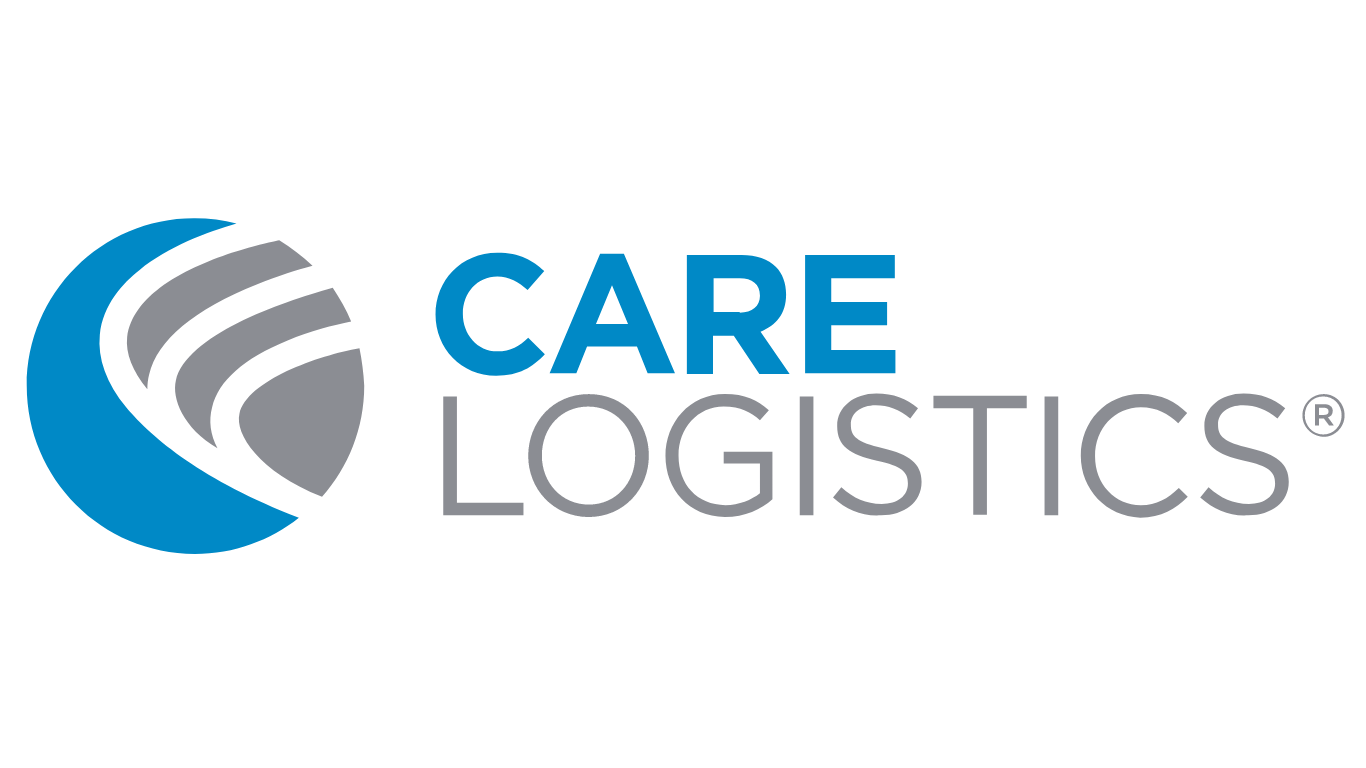Hospital from Home: A Q&A Session with Blessing Health System
With Contributions from: Yvonne Goellner, RN MSN - Jessica Booth RN, BSN, MBA - Julie Shepard BS, MS - Lisa Neisen
Our partners from Blessing Health System in Quincy, Illinois discuss how they are implementing a new Hospital from Home program to transition care outside the walls of the hospital.
Q: What is the Hospital from Home program? What is your vision?
A: It is a hybrid between hospital and home care. Select patients, who meet the qualifications, can be monitored in their homes instead of having to spend time recuperating in the hospital. This is not a home care program. Patients in the program are managed as if they are on an actual nursing unit inside of the hospital. They receive the same level of care, just different logistically.
Q: What is unique about your Hospital from Home program?
A: It is grant-based and we are trying to accomplish this in a rural setting. Rural areas face challenges, such as securing appropriate transportation due to the distance some people are from the facility, hiring the right personnel with a unique skill set, and making sure patients will have cellular service to communicate with the doctors and staff.
Q: What is the qualification process for your Hospital from Home program?
A: There are more exclusions than inclusions, and we must make sure each patient meets certain criteria such as no narcotic use/therapies, no prior history of domestic violence in the home, and the ability to have a fully mobile caregiver inside the home with them.
Q: How do you/will you use technology and processes to get the program running?
A: We will utilize the systems we have in place in our command center hub at Blessing Hospital to admit the patient, progress the patient, and ultimately discharge them from their from home stay. We will use technology from Care Logistics to assist us in more easily tracking the status of these patients in a “virtual unit” and centrally monitor them from the hub as they progress towards their discharge goal. Additionally, if the patients in the program need a diagnostic or procedural service at the hospital, we’ll use our central service coordination processes to schedule them at an appropriate time in order to allow for transport to and from the home to be arranged.
Q: How many patients will be in your program and how will you measure success?
A: We will start small to help the program thrive. We’re planning for an average daily census of 2-4 patients initially in the program. We expect it to grow to 8-10 patients in the next 2-4 years. It is possible that it may take longer in the rural setting, but we are excited to be selected to help develop this approach to care delivery.
Q: When will the program start and when will you share results?
A: The program is planned to start in November, and we’ll be tracking key metrics, such as quality, safety, patient experience, and cost of care, in order to gauge the success and impact of the program along the way.
